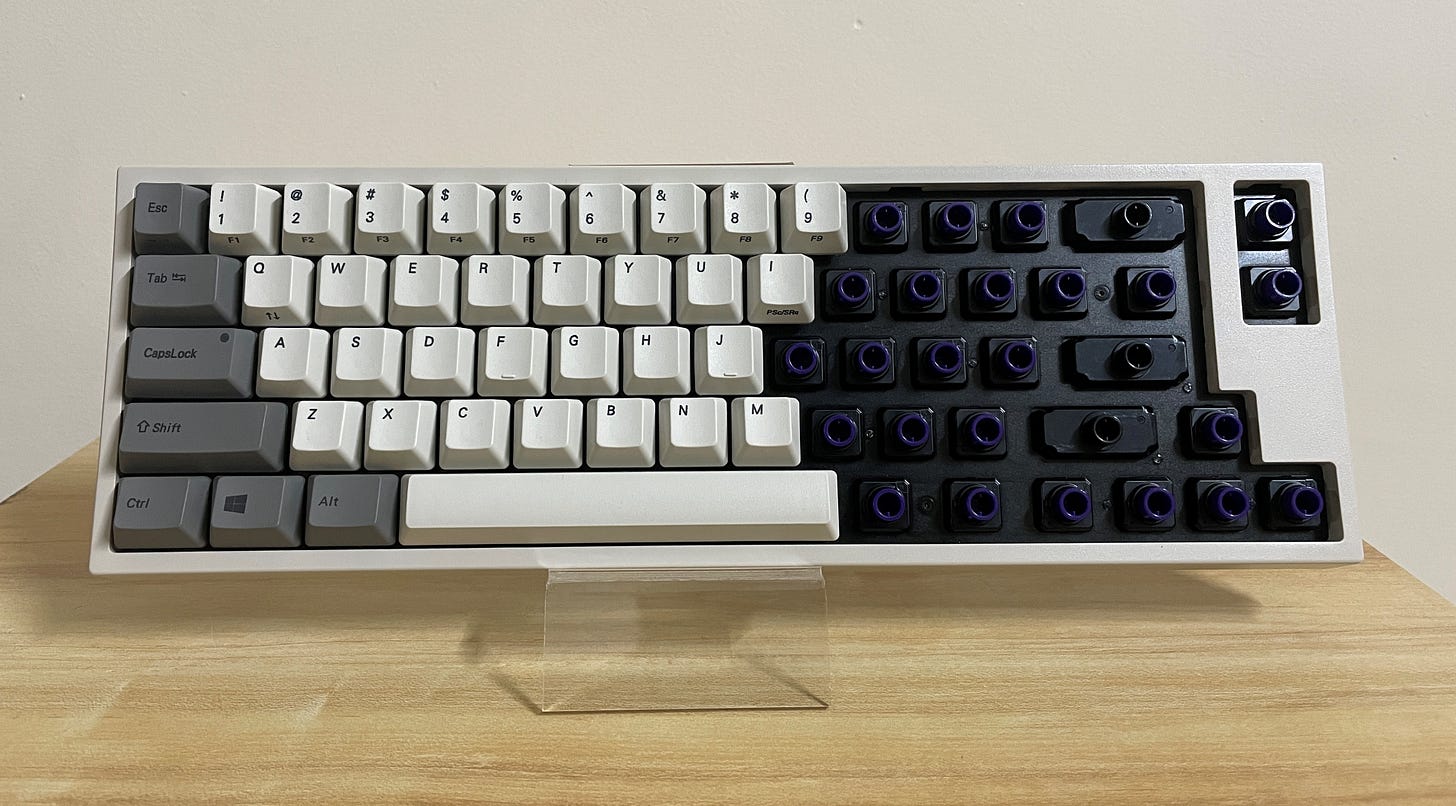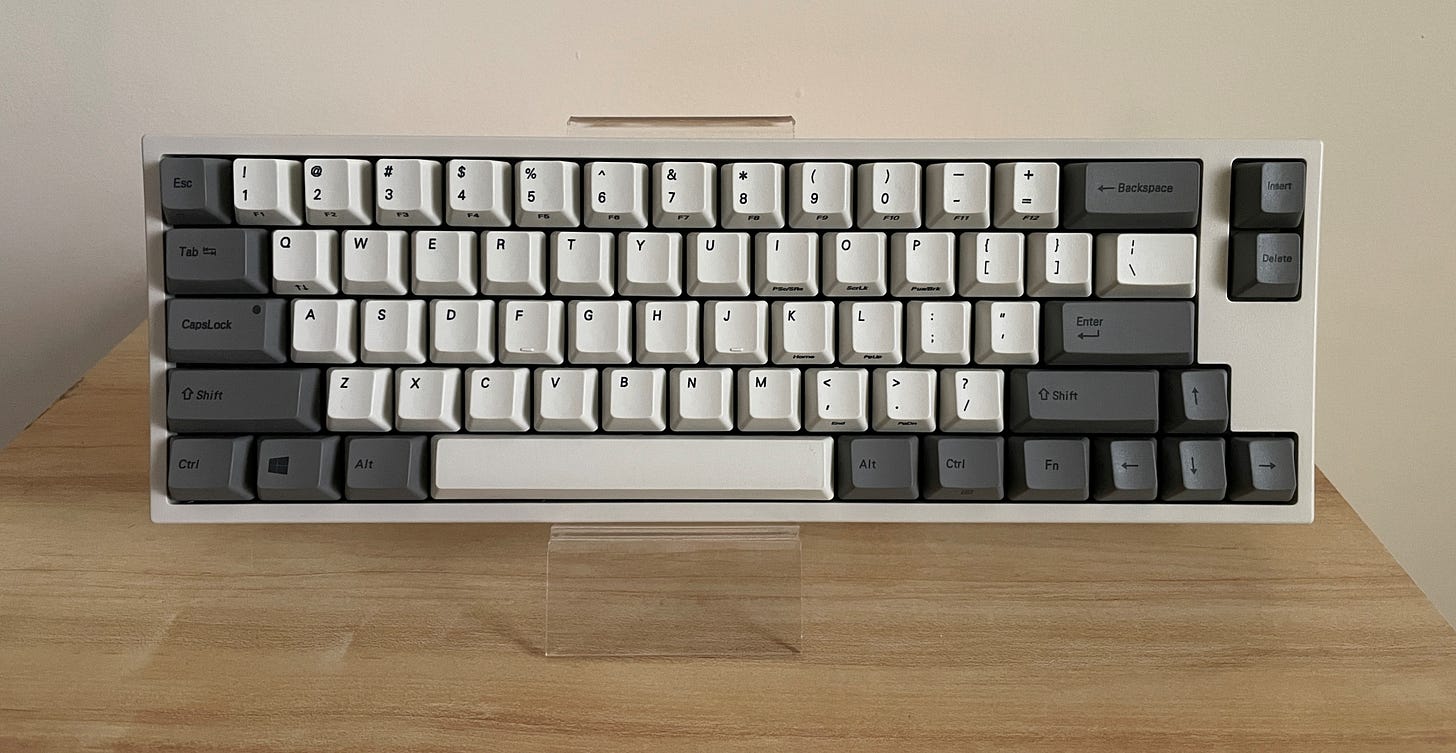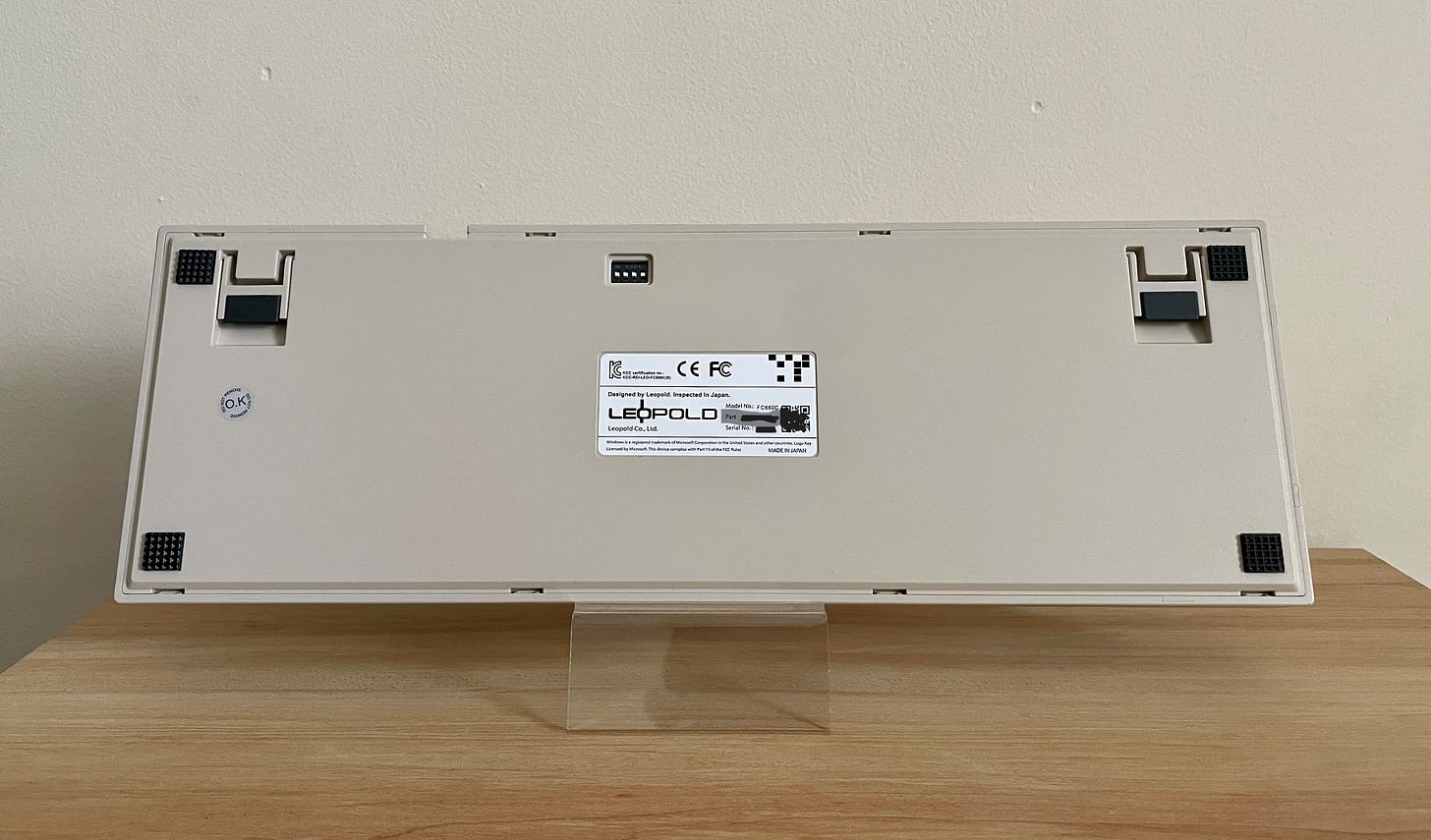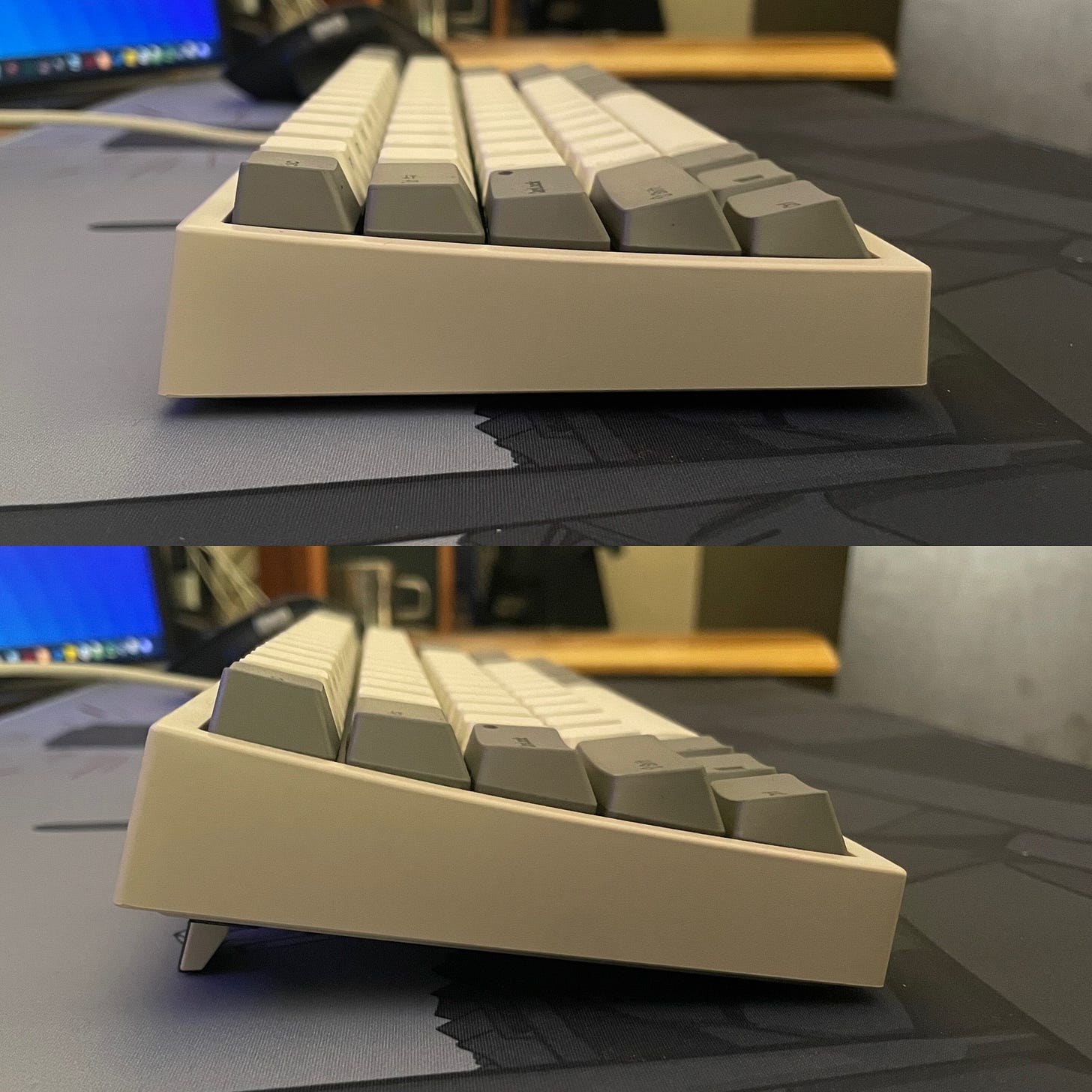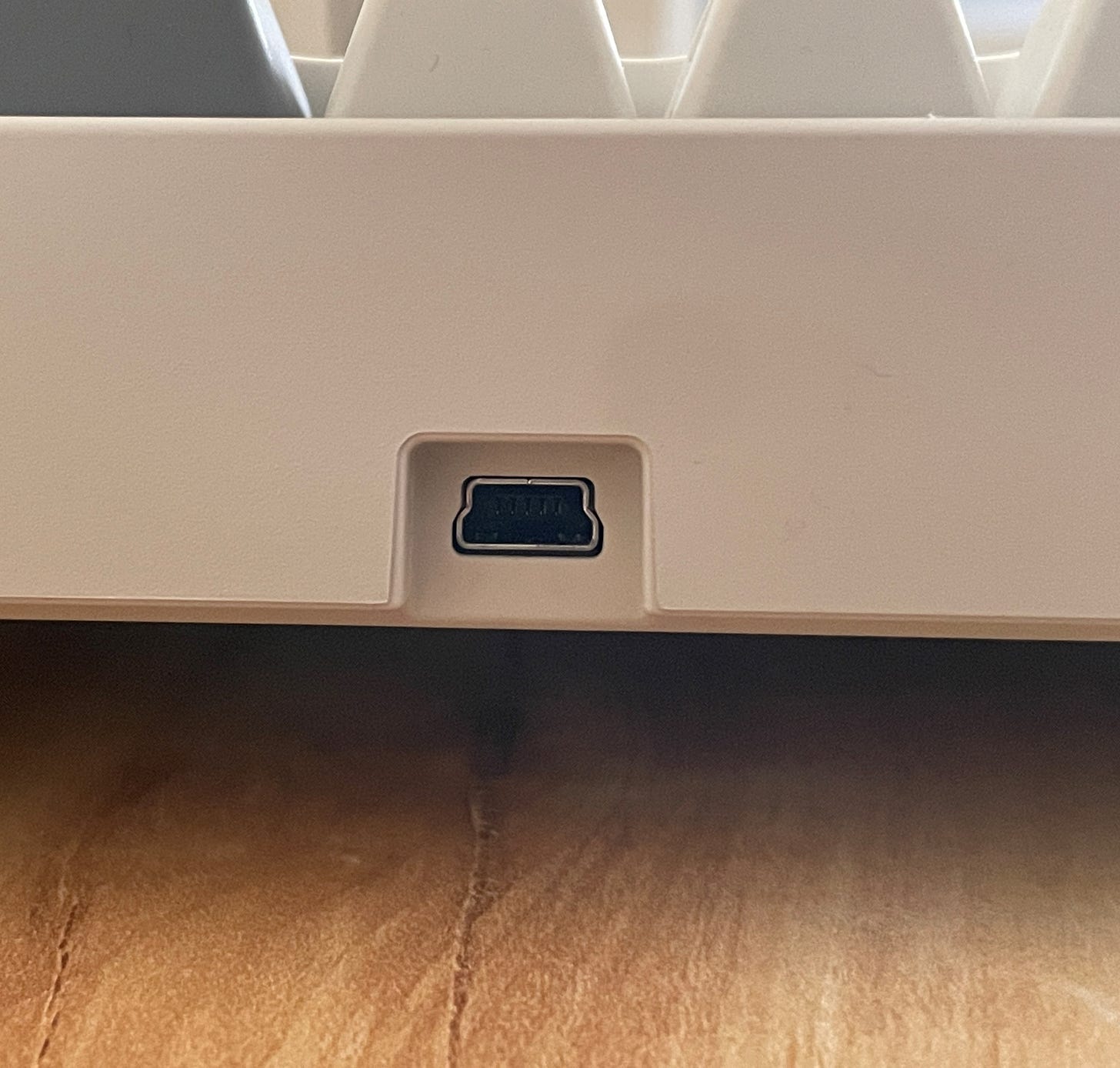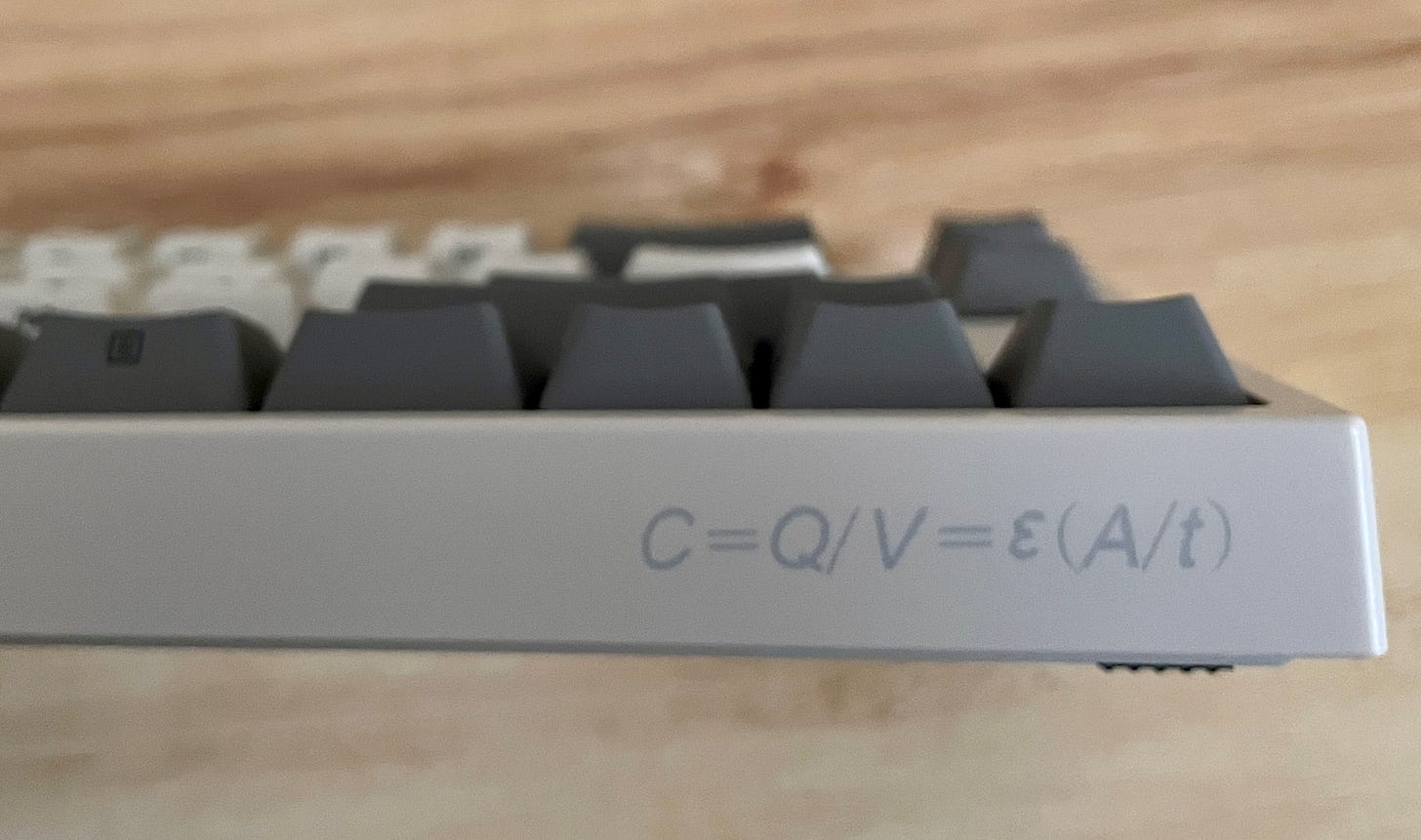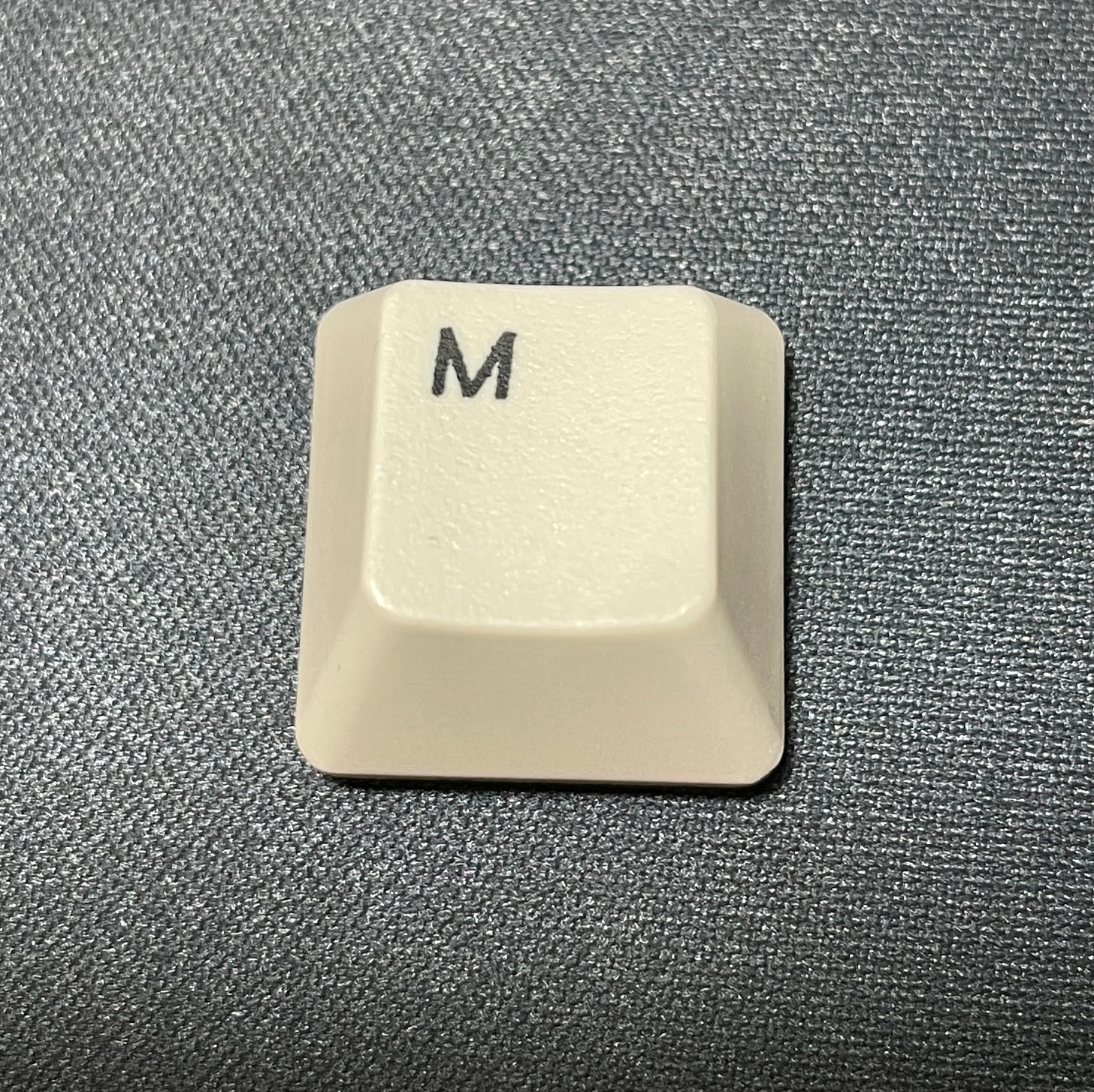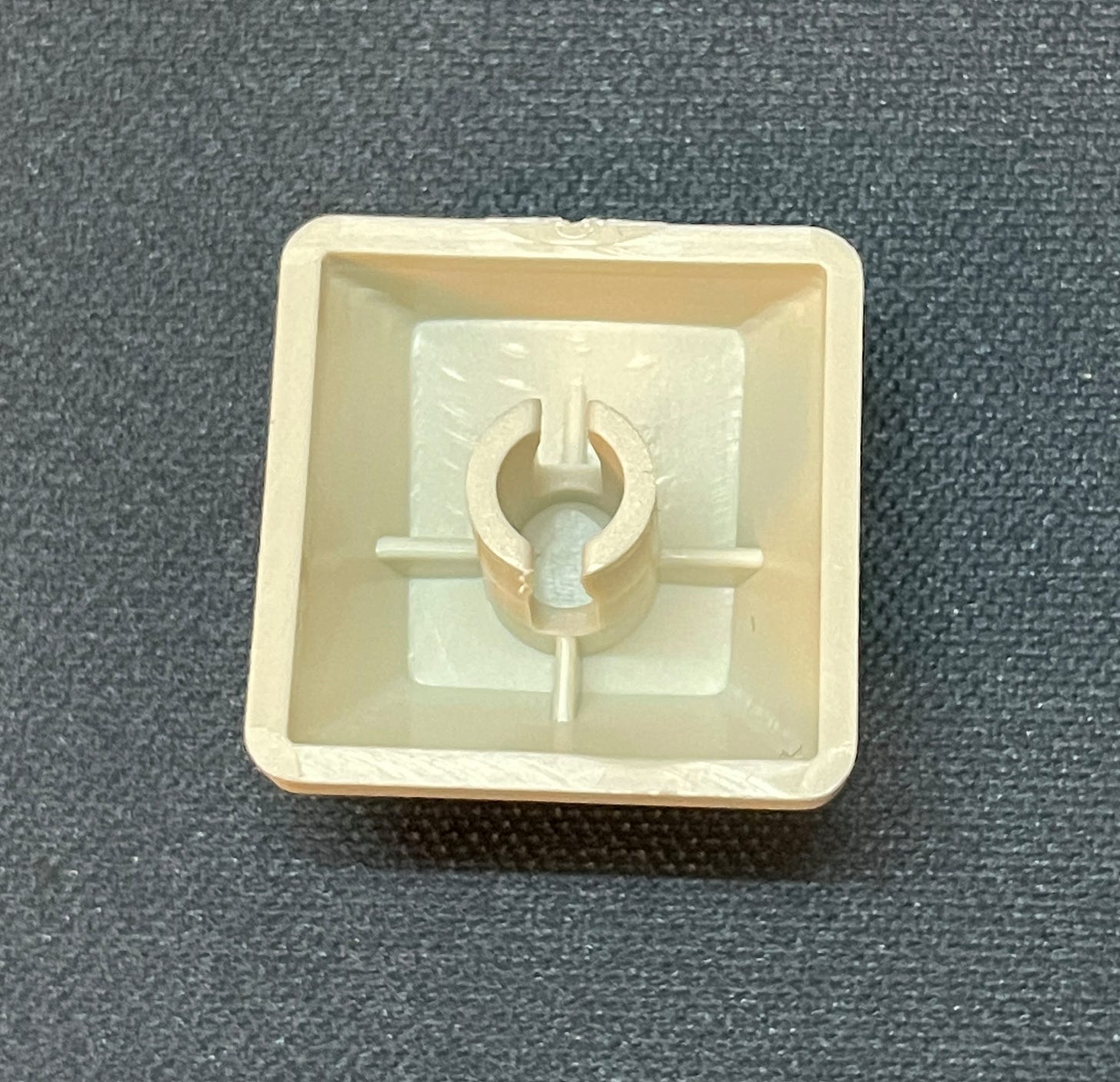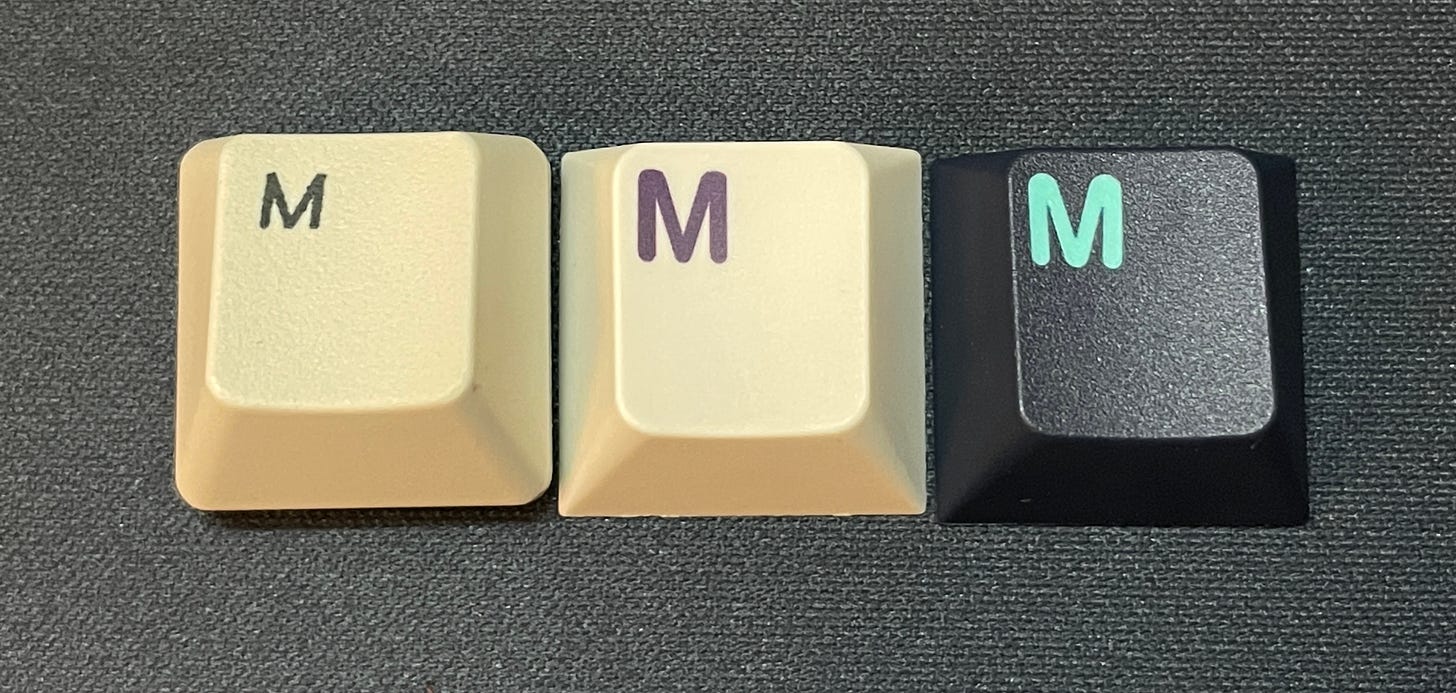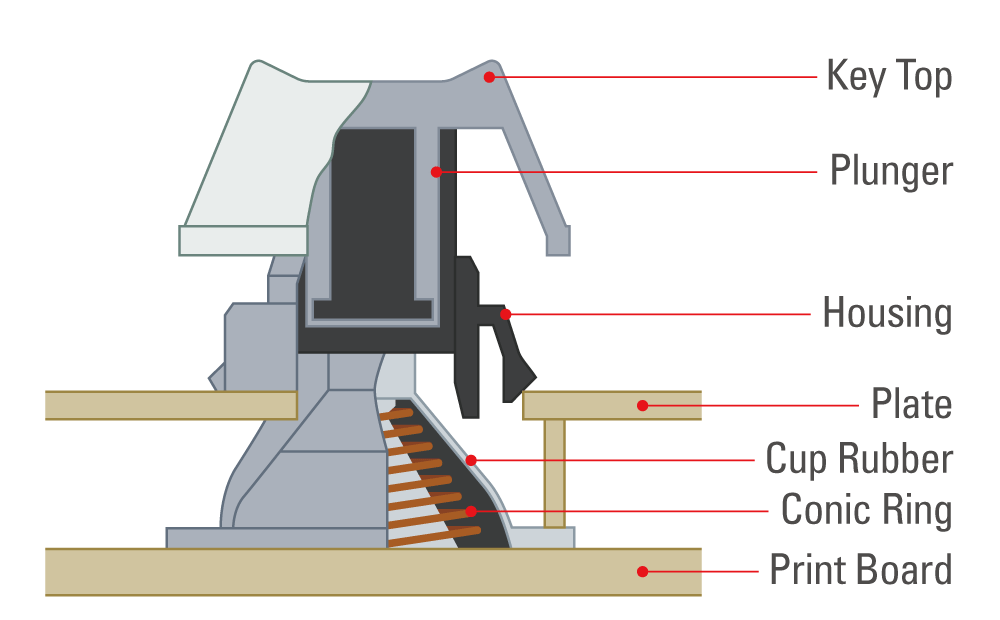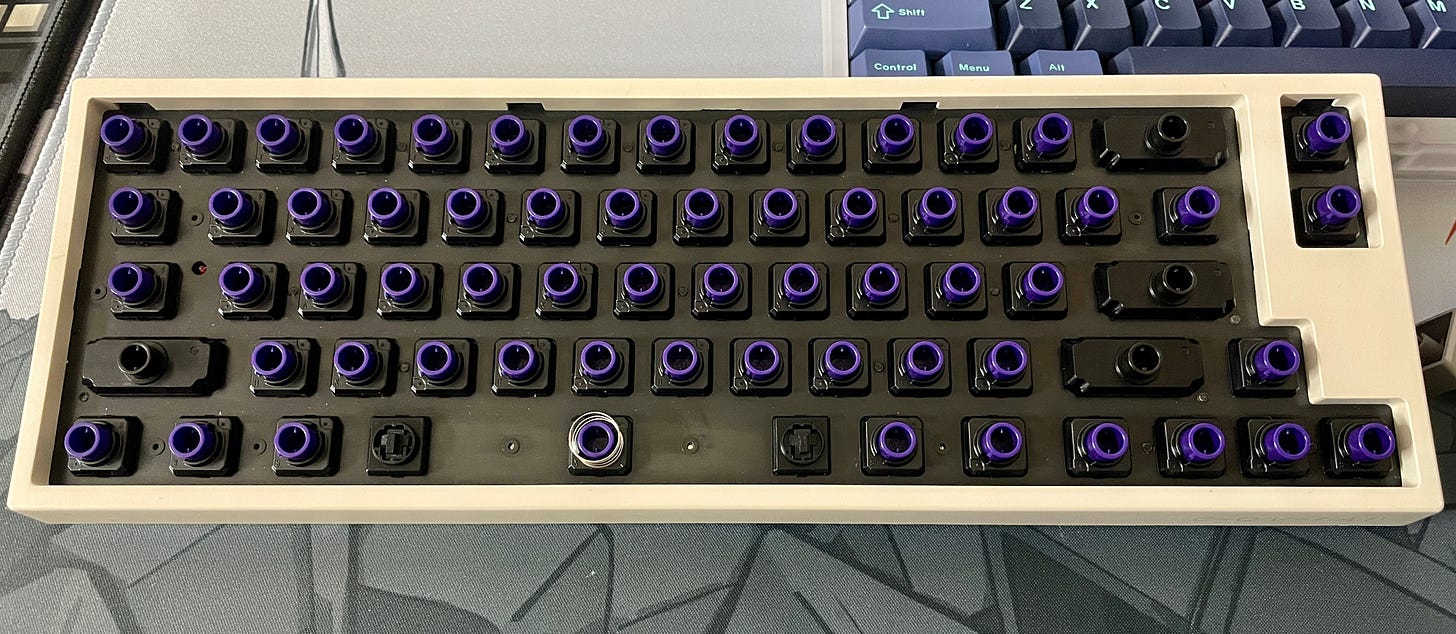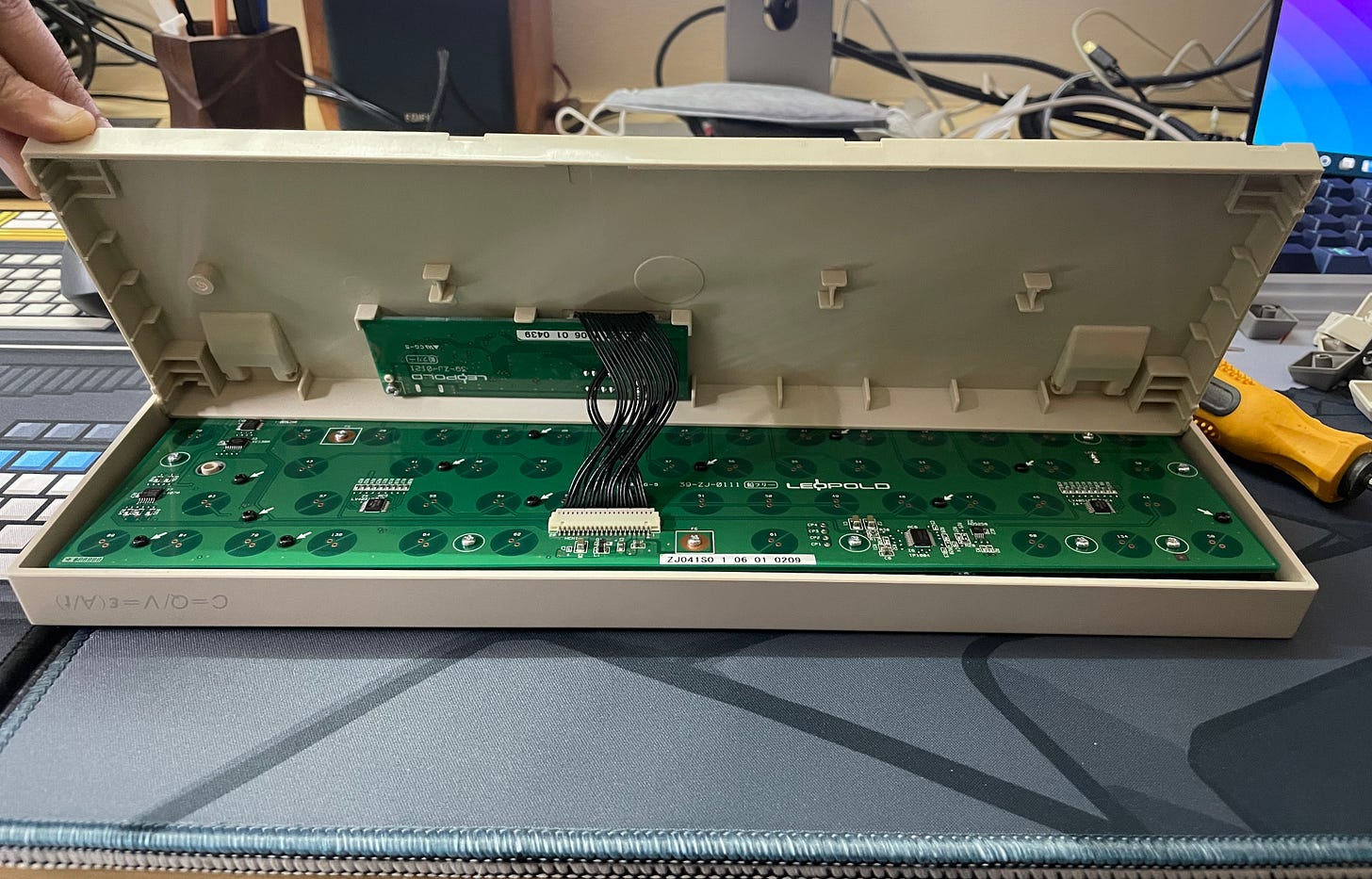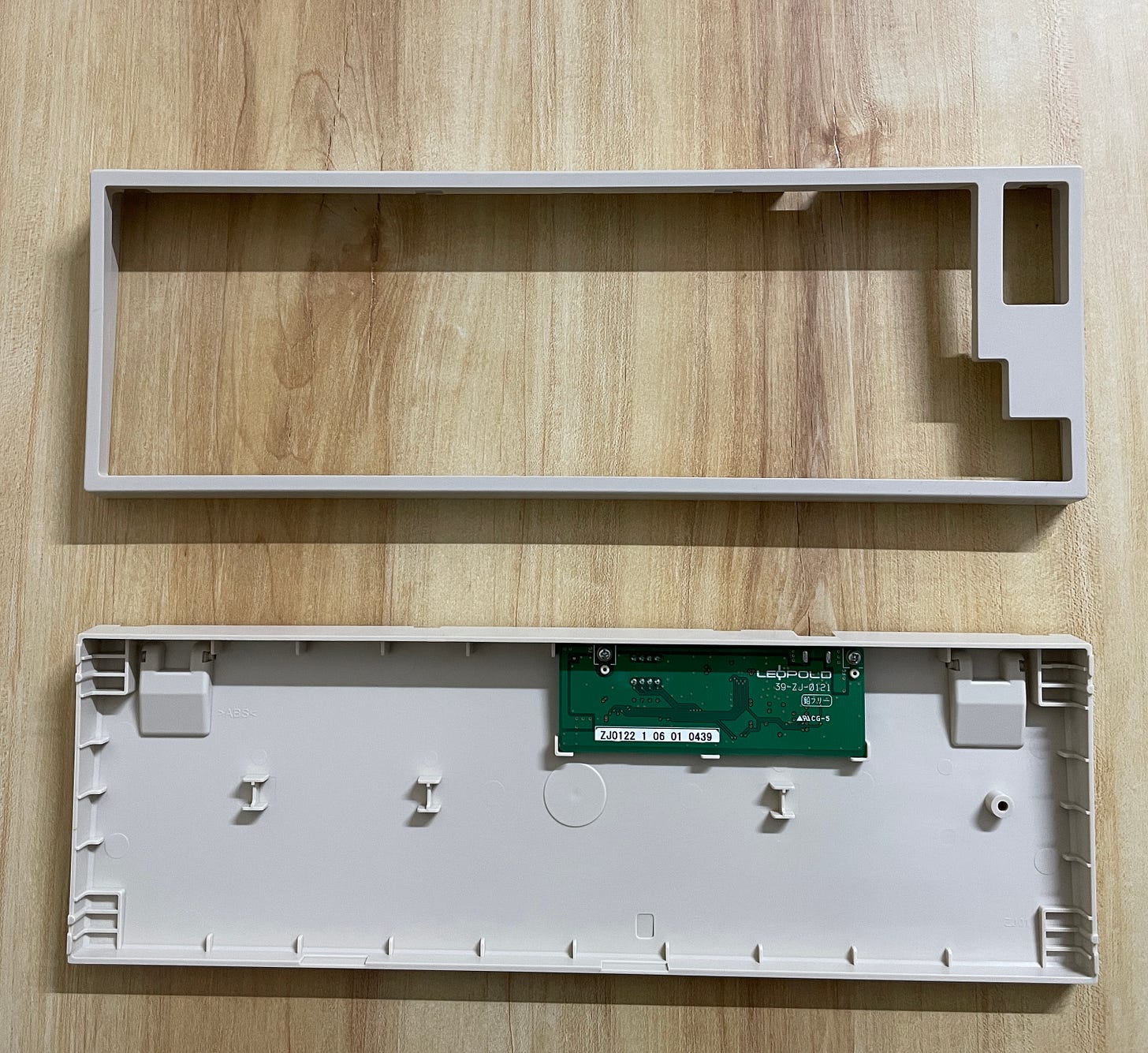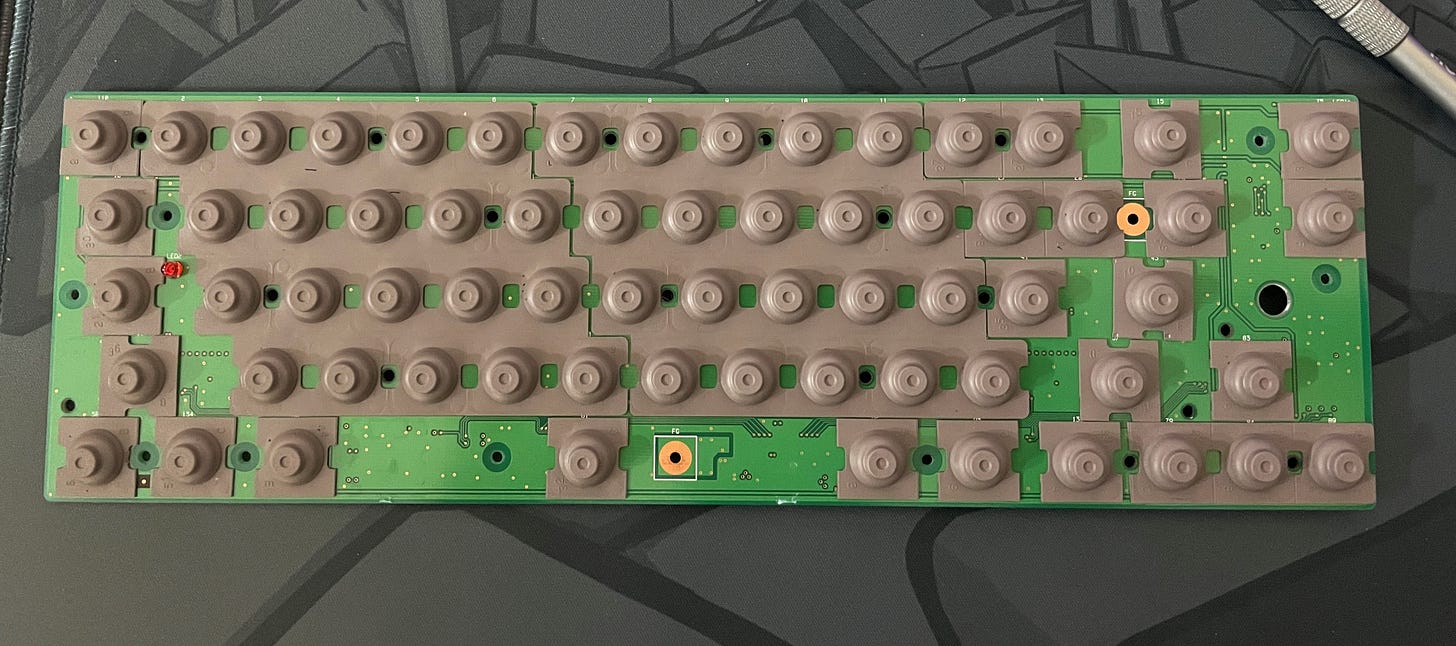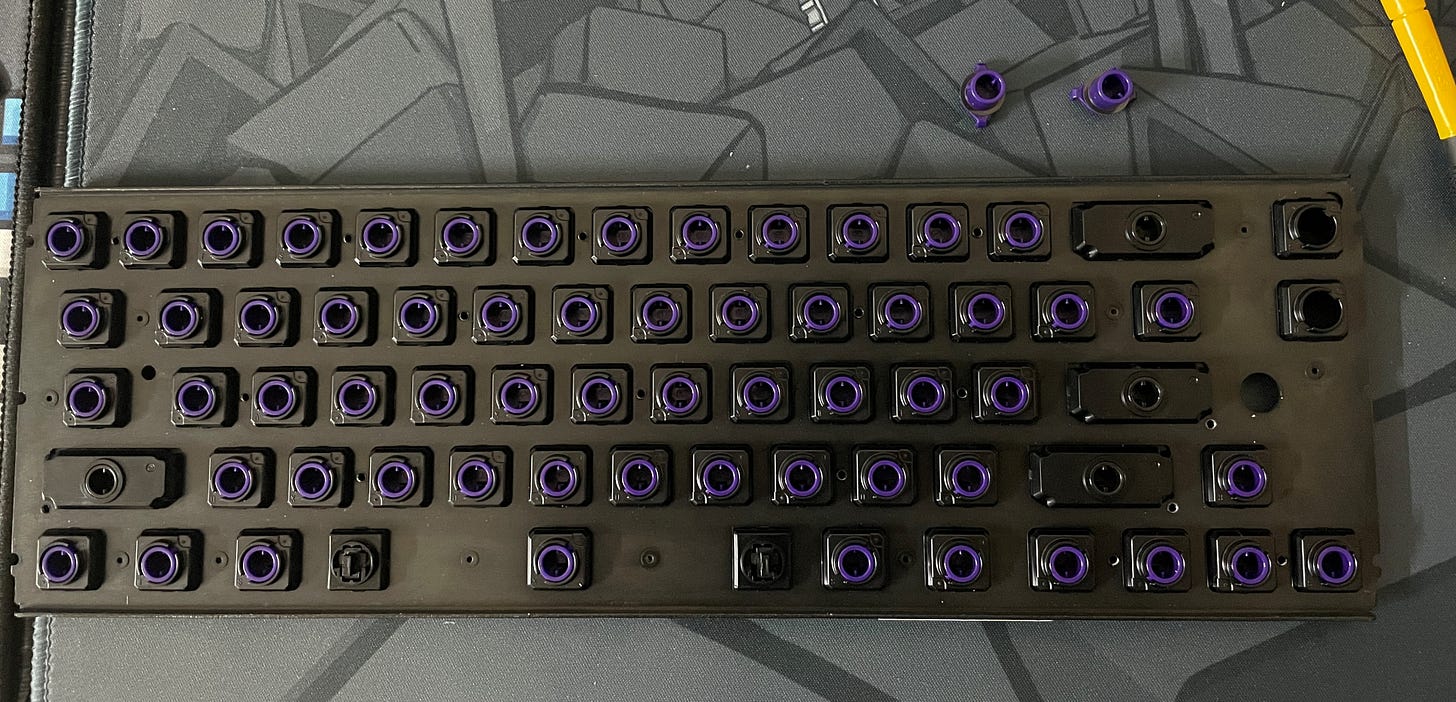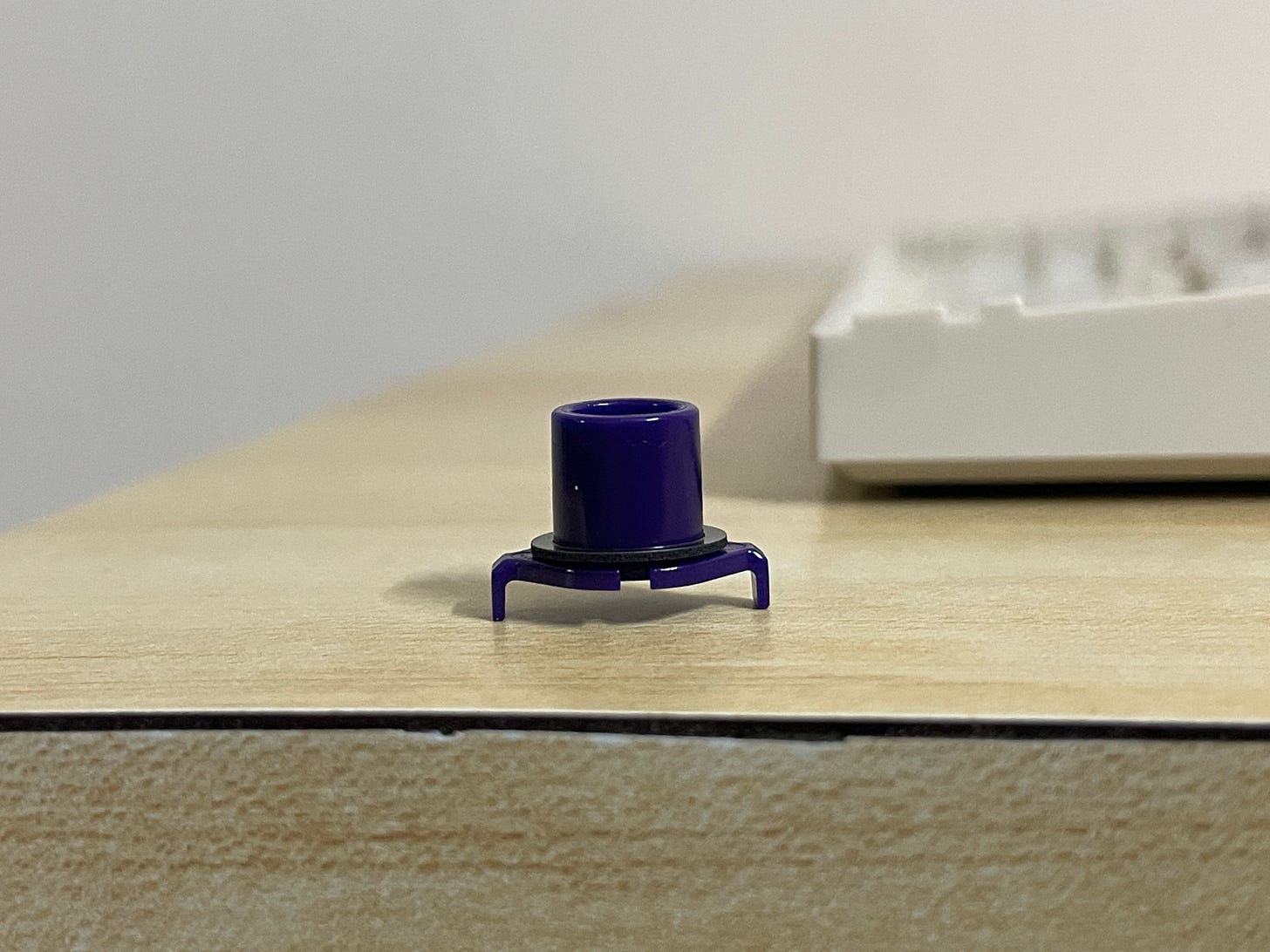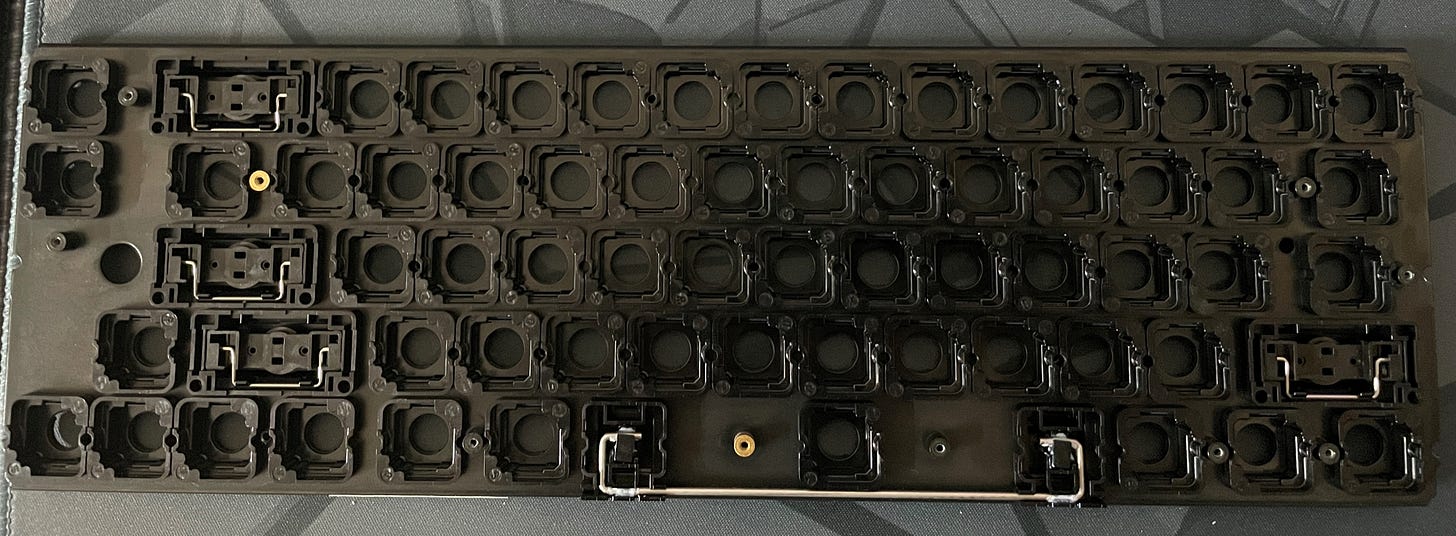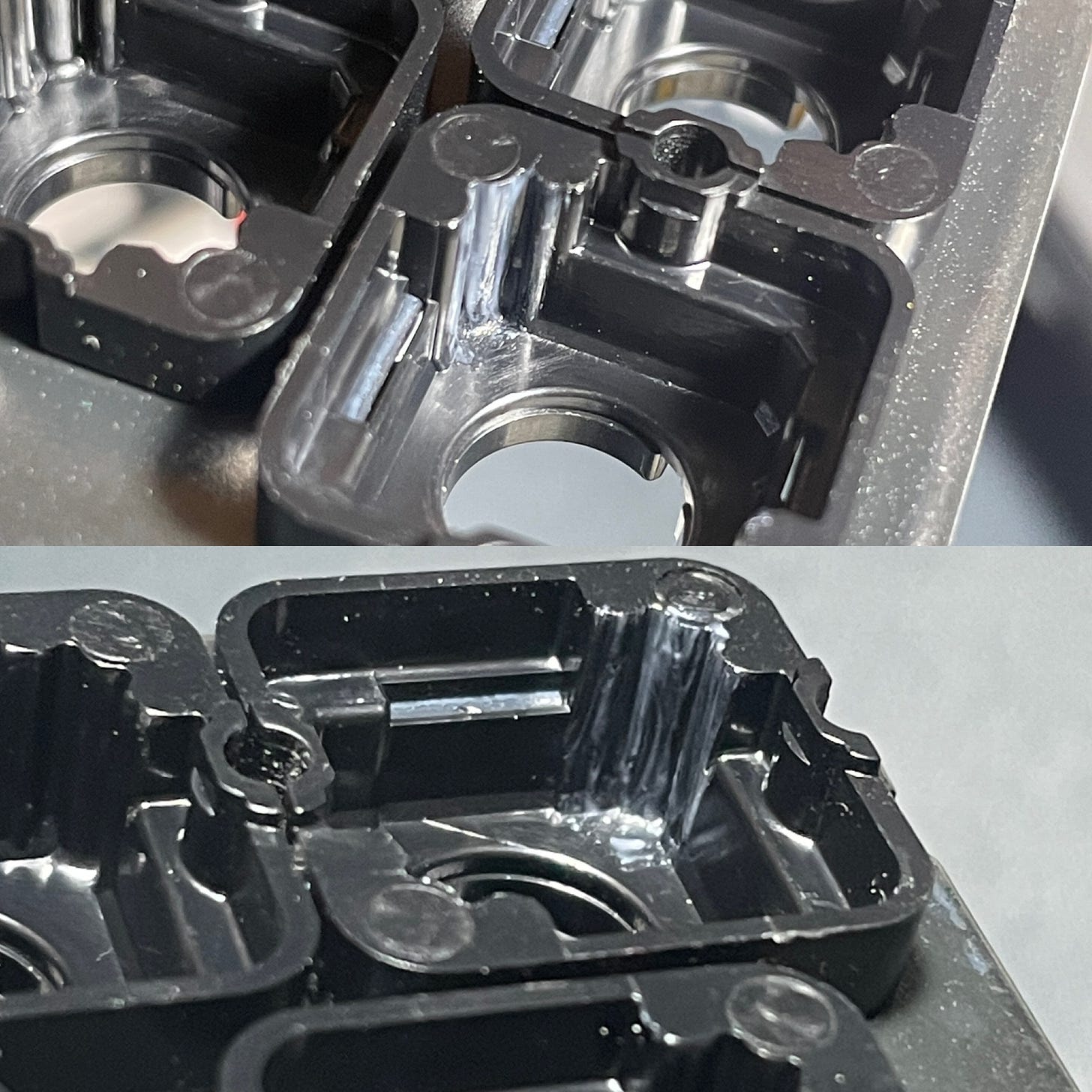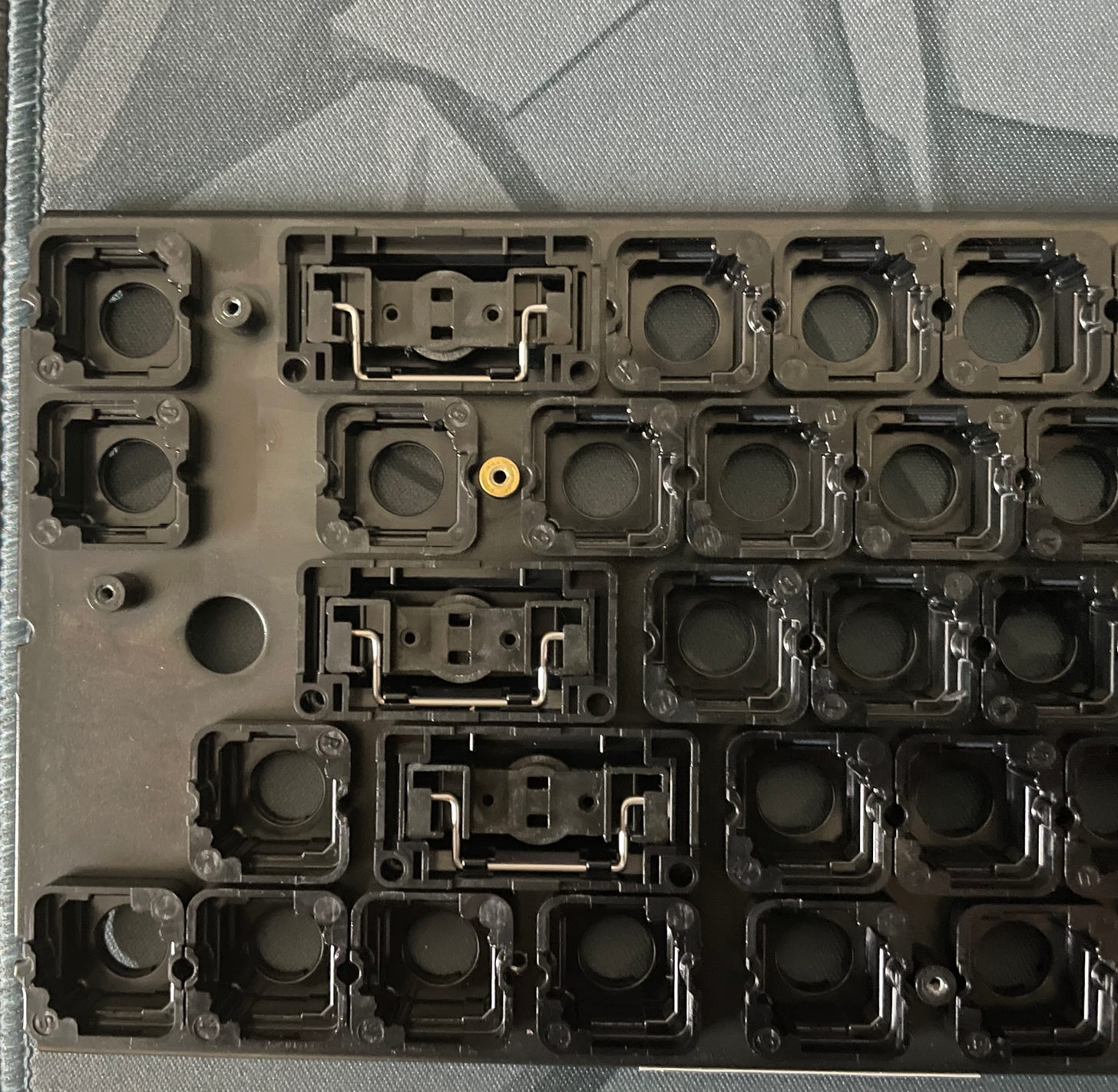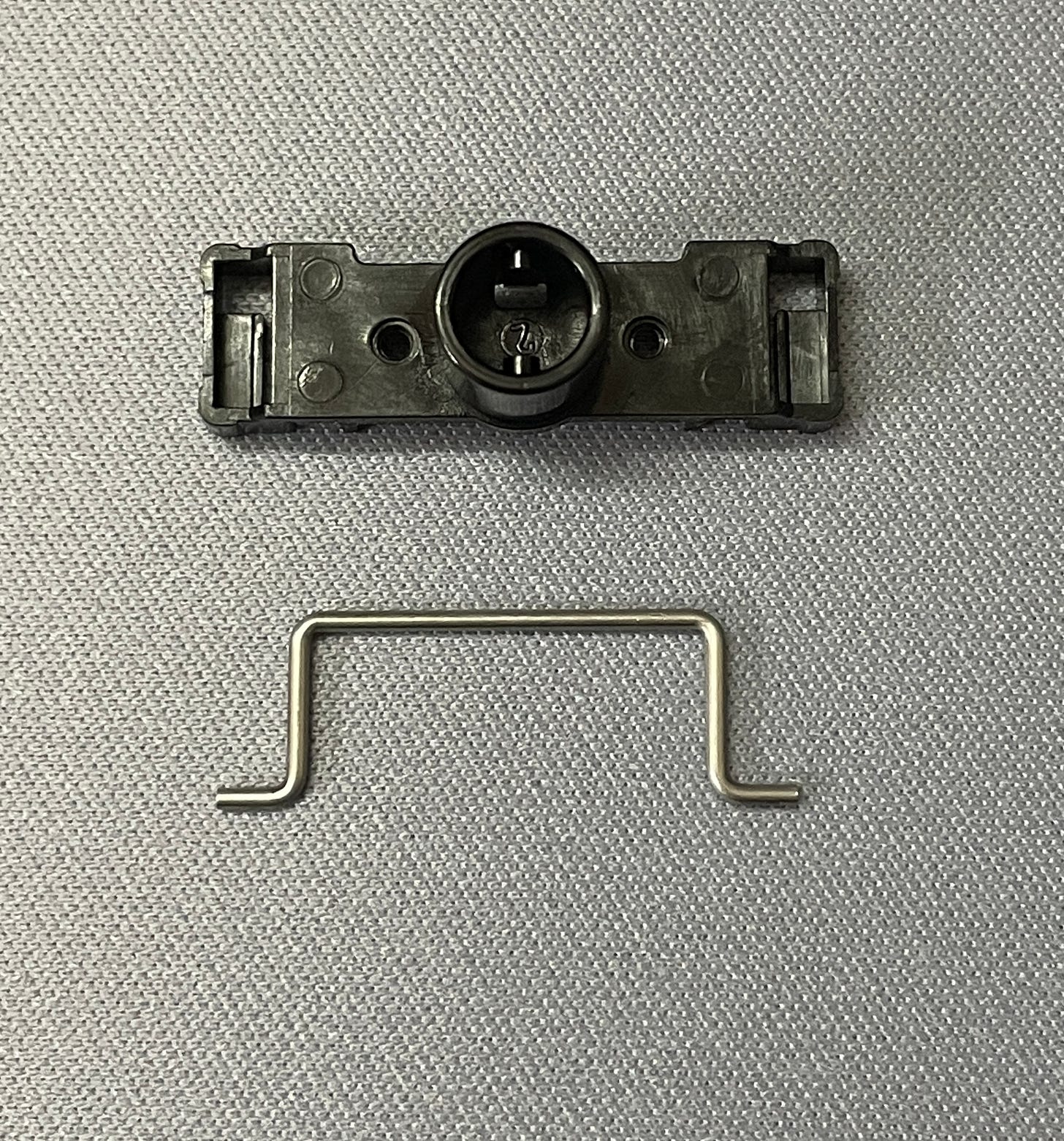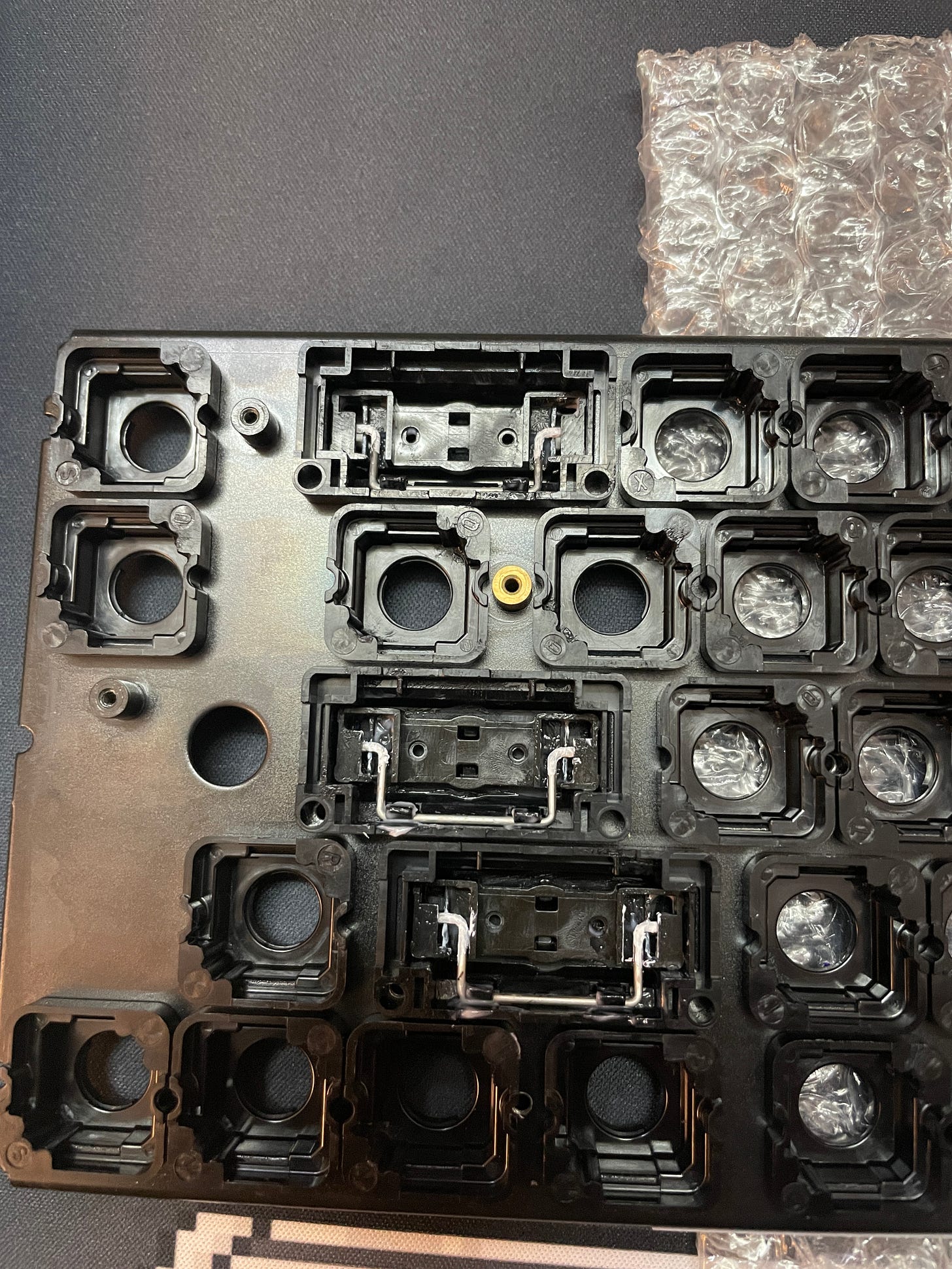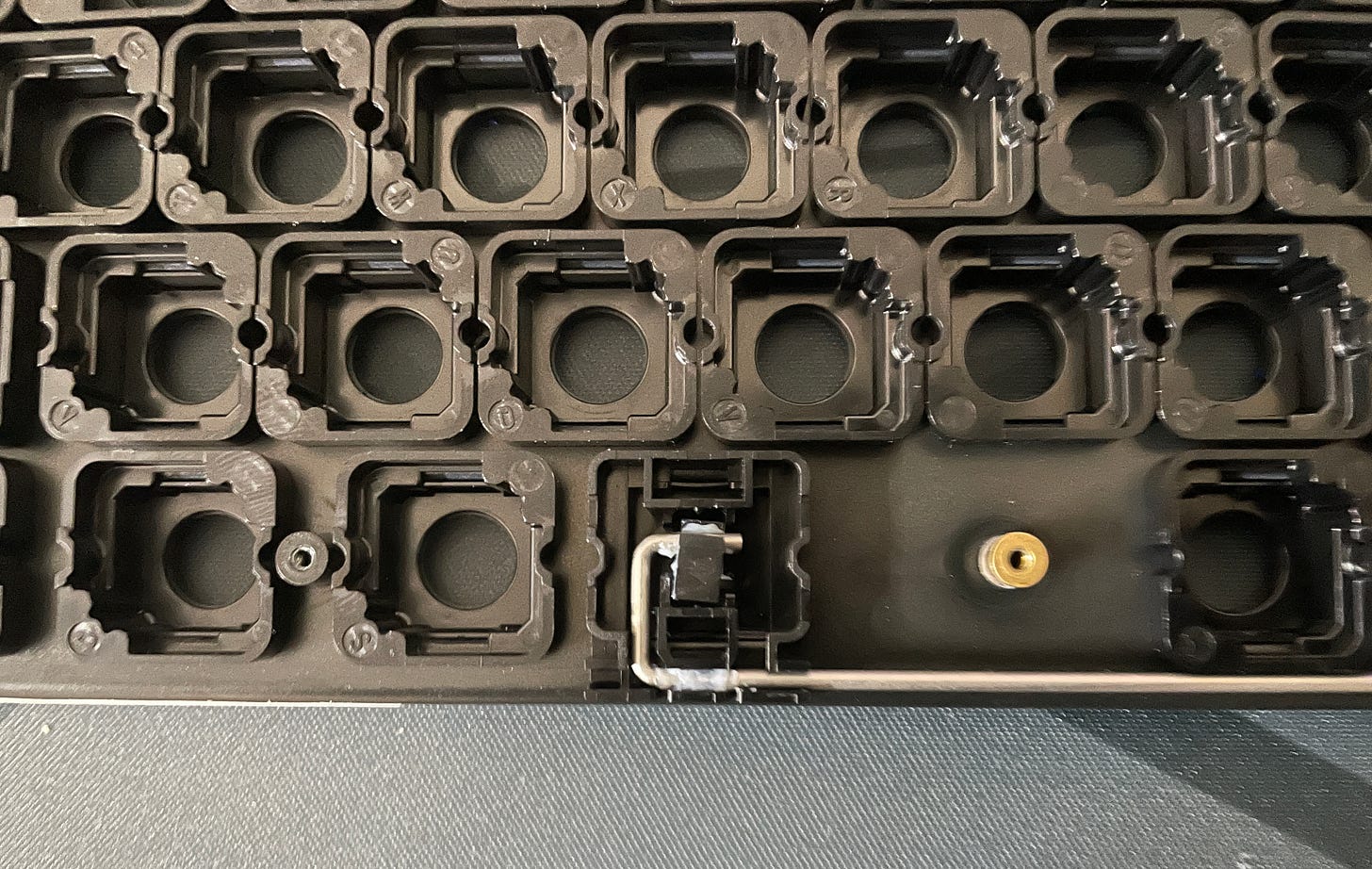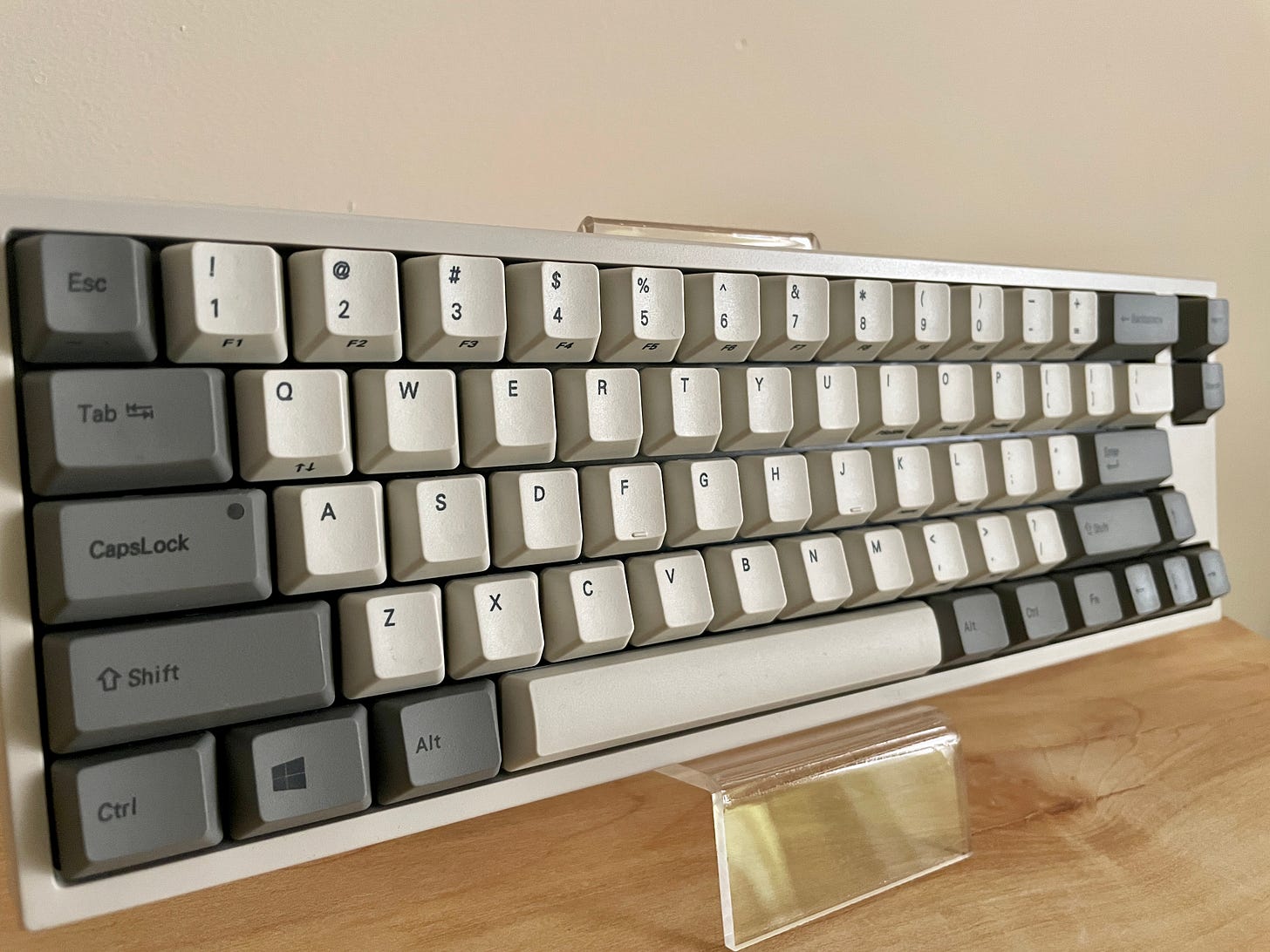Leopold FC 660C with Topres: A new experience
This is a comprehensive writeup on my experience with using the Leopold FC 660C in both stock and lubed conditions.
About the Board
The FC 660C is an electrostatic capacitive 65% keyboard with a modified US ANSI layout. It has 66 keys with both the shifts having a 2.25U size and the insert and delete keys being present in a separate column. The spacebar is of 6U size and all the bottom row menu keys are of 1.25U size.
The body (both the bottom and top cases) is made up of ABS plastic and the keycaps are made from PBT plastic with dye-sublimated legends. There are thick bezels all around the body and quite a bit of space is wasted beneath the delete key. The keyboard comes with a stainless steel plate and the whole setup weighs around 700 grams. Overall build quality of the board felt quite solid and I didn’t feel any flex while using it.
The USP of this board is the presence of silent electrostatic capacitive Topre switches which work in a different way when compared to standard mechanical switches (more on this later). These switches are plate mounted as opposed to the case mounted ones of the more popular HHKB.
The back of the board consists of square rubber pads at each of the corners, two expandable feet with rubber bottom, some information, and four dip switches. The dip switches allow some switches to change positions and I found them to be of not much use.
The expandable feet raise the typing angle to somewhere near 7-8 degrees and the rubberized bottoms provide firm grip enabling the keyboard to be used on smooth surfaces.
The keyboard uses Mini-USB for wired connectivity and there is no wireless module available. The Mini-USB port is located towards the right side of the top portion of the case. The keyboard comes bundled with a Cream colored Mini-USB to USB-A cable.
There is an electrical capacitance related formula printed at the bottom left of the top case. The relationship between the potential difference (V), charge (Q) and capacitance (C) is depicted through this formula.
Keycaps
The FC 660C comes with PBT keycaps with dye-sub legends. The keycaps come in two-tone color scheme: Cream colors for the alphas and Grey for the modifiers. The legends are not that crisp and there are residual marks on many keys. Also, the texture is not smooth nor too rough and inconsistent in many places.
The keycaps are of decent thickness and did not sound too hollow while typing barring the >1U keys. The stem of the keycaps are made to fit the Topre cylindrical sliders and the fit was snug on 1u keys.
The keycaps are slightly thinner and more scooped than custom PBT and double shot ABS keycaps. The legends are also not crispier when compared to DCP and GMK keycaps.
Topre Switches
The Leopold FC 660C comes with 45g Topre silent switches. These switches work on the basis of capacitance and the key presses are detected via electric current.
A conic ring (spring) resides on top of the PCB and it is enveloped by a rubber cup. The rubber cup provides the resistance for the key press thereby acting as a spring of a traditional MX switch. The keyswitch housing provides the interface for the plunger to make contact with the rubber cup and the keycap is attached to the plunger. So, when the keycap is pressed, the plunger pushes the rubber cup and the conical ring initiates the capacitive event thereby inducing current and registering keypress.
For further reading on Topre switches, please refer this article by Keyboards Expert.
Stock Typing Feel
The Topre switches feel completely different to traditional MX mechanical switches. If there were only three categories of switches (based on feel) namely clicky, linear, and tactile, then I would place them firmly in the tactile category. The tactile bump is largely present in the first half of the downstroke and once it is passed, it is a virtual free fall till bottoming out. It is very tough not to bottom out on these switches. The bottom out produces the distinctive thocky sound and is more smoother and crisper than I’ve felt in MX switches. The upstroke (return) is quick and snappy, thanks to the presence of the rubber cup and is muted which I personally prefer. Also, the actuation force of 45g lent a good balance between accidental presses and force used to bottom out. This 45g force cannot be considered equivalent to a 45g bottom out spring in MX switches. The equivalent bottom out weight will be around 55-60 grams.
Even though the alphas were satisfying to type on, the typing feel on the larger keys were far from decent. The rather average quality of keycaps made the 1.25, 1.5u, and 1.75u keys to wobble considerably making them annoying to use. The keys with the stabilizers (especially backspace, enter, and shift) were rattly with heavy wire ticks and metal-plastic clang sounds.
Opening up the Board for Lubing
Having been unable to withstand the harsh sound of the stabs, I decided to let go of the warranty and open the board for lubing. The first step is to remove the keycaps and I observed a big spring on the slider of the space bar. The sliders are of purple color reminiscent of the silent Topre switches.
Opening the board is a little tricky as it requires some force to separate the top and bottom cases as they are held by one screw and a lot of friction.
The keyboard PCB is connected to the controller board via several connectors. The controller board also houses the Mini-USB port. The case does not contain any sound dampening foam. Once the connector is removed, the bottom piece gets separated from the PCB.
The PCB is attached to the stainless steel plate (switch housing as well) using 20-odd screws. Some of screws were very tight and required considerable force to loosen.
The PCB is a green one and has rubber cups over individual key positions.
The stainless steel plate houses the Topre sliders in switch housings. Each slider has two diagonal prongs that are used to travel smoothly inside the switch housing rails.
Lubing is mainly done in two places: switch housing rails and the stab housings. All the sliders are popped out of the plate to gain access to the switch housing rails.
I lubed both the rails (diagonal) of the switch housing with Tribosys 3204.
The stabilizers consists of two parts: the housing and the wire. Both were not prelubed resulting in a harsh rattling sound.
The 2U and 6.25U stabilizer wires were popped out and they were lubed with Krytox XHT-BDZ. The housing was wiped clean and lubed with Tribosys 3204.
The spacebar had co-star kind of stabs and I lubed them with the same combination of lubes as well.
Finally, I put everything back together and prayed for the board to not die on me.
Lubed Typing Feel
Lubing the switches (housing rails) did not make much of a difference to the overall switch press characteristics of the alphas. However, lubing the stabs made a huge difference to the performance of the > 2U keys and hence enhanced the overall typing satisfaction. Remaining observations remain the same as the stock typing feel.
I will also leave a small video of the key press sound test of the Mode 65 just for a reference point to judge the sound of the Topres.
Conclusion
I would like to divide this into likes and dislikes.
Likes:
Good build quality for a plastic board.
No hollowness and clean sound sound profile (no interference from the case).
Topre switches are the USP of this keyboard. Can’t imagine someone paying a premium for this board without these switches.
Topre switches are one of a kind and provide a satisfying bottom out along with a firm initial tactile bump.
Silencing rings do a decent job of dampening the bottom stroke.
65% layout is more useful than other fancy layouts such as HHKB.
Dislikes:
Very limited customization of key functionality.
Average keycaps for such a costly board. Bigger than 1U keys wobble a lot.
Rattly stabilizers makes lubing mandatory.
Opening the board for lubing is not straightforward and voids warranty.
Wastage of space in the last column; could have added two more keys.
Tough to get any replacement parts, including keycaps.
The typing angle without the feet is less and with the feet is too steep. Needed an in-between middle step.
Mini-USB port is outdate and Leopold should switch to UCB-C.
I wanted to try Topres since I started using mechanical keyboards. At this moment, I cannot definitely say they are better than MX switches. Topres also suffer from its own success. Inaccessibility of Topre switches to many people in the hobby means they are not made available in majority of good custom keyboards.
MX switches on the other hand, enjoy the luxury of upliftment due to their wide availability and being part of a majority of custom board builds with variety of plate and foam options.
Topres are unique for sure, I just hope we get better boards to unlock their full potential.
References
About Topres: https://www.realforce.co.jp/en/features/
About Topres: https://keyboardsexpert.com/topre-switches-complete-guide-keyboards-101/
Lubing the Topres: https://www. youtube. com/watch?v=LialySqARYA



